SUMMARY
This is AI generated summarization, which may have errors. For context, always refer to the full article.
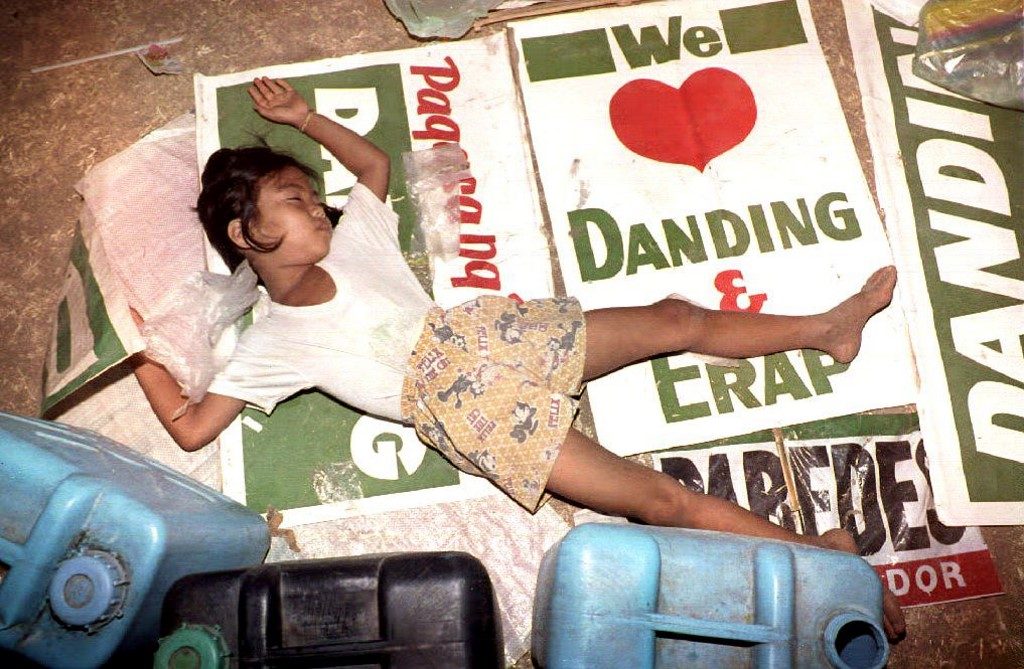
MANILA, Philippines – In 1992, dictator Ferdinand Marcos’ former general became the 12th President of the Philippines. But Fidel V. Ramos almost failed to win the elections, if not for his team’s clever political maneuvers.
Ramos narrowly won with over 5.3 million votes, while late senator Miriam Defensor Santiago garnered over 4.4 million votes.
But it was not Santiago whom Ramos was most worried about. It was the 3rd placer, Marcos crony Eduardo “Danding” Cojuangco Jr, who got 4.1 million votes.
Earl Parreño, who wrote Cojuangco’s unauthorized biography Boss Danding back in 2003, explained that analysts and Ramos’ team deemed Cojuangco would “most likely deliver an upset.”
Cojuangco was projected as a man who understood business and the economy, traits that were deemed essential as the economy suffered from Marcos’ plunder.
At that time, the other serious contenders were then-House speaker Ramon Mitra, ex-Senate president Jovito Salonga, and former actor and San Juan City mayor Joseph Estrada.
Parreño narrated that candidates were forming alliances.
Ramos and Mitra tried to strike a deal, which was brokered by President Corazon Aquino. The deal was, whoever got the nomination of then-administration party Laban ng Demokratikong Pilipino would be fully supported by the other.
Mitra won the nomination, but Ramos refused to honor the agreement and went on to run under a new party called Lakas-Tao.
While the consolidation between Ramos and Mitra collapsed, Cojuangco and Estrada’s deal solidified.
Parreño said in his book that Cojuangco’s Nationalist People’s Coalition (NPC), with the help of the influential Iglesia ni Cristo, convinced Estrada to run for vice president instead.
In return, Cojuangco would support Estrada in the 1998 presidential elections.
Parreño went on to explain in his book how Ramos’ team used Marcos’ widow Imelda to ensure victory:
No one knows exactly who suggested it but some political operators swore that it was Gen. Jose Almonte, Ramos’s friend and main political strategist, who came up with a brilliant tactic. “Why don’t we split their (Cojuangco and Estrada’s) political base?’ Almonte reportedly blurted out in one of their strategy sessions. “They rely on the Marcos loyalists so why don’t we let Imelda run to split their votes?”
Parreño cited a source, who said that a “Northern Luzon politician” close to the Marcoses convinced Imelda to run and offered her cash.
Allegedly for a fat fee, the politician agreed to talk to the former First Lady at her Makati condominium. He bloated Imelda’s ego, telling her that only she could truly continue her husband’s legacy. He also told her that the Marcos loyalists had a national network ready to back her up anytime and that businessmen were willing to foot the bill for her campaign.
Imelda didn’t know that the millions of pesos she got actually came from Ramos.
She got 2.3 million votes, which means that if the votes weren’t split, Cojuangco might have gotten almost 7 million votes.
Cojuangco was rumored to run again in 2004 against then-vice president Gloria Macapagal Arroyo.
A survey by the Social Weather Stations in 2003 showed that 28% of respondents would vote for Cojuangco. Nearly half or 45% of respondents said they would vote for Arroyo.
While Cojuangco never ran for office again, he continued to wield political capital through the NPC, a major party to this day.
Coco levy and political capital
Despite not getting the coveted presidency, Cojuangco remained one of the most powerful players in Philippine politics.
He used his connections and cash to try to take back sequestered assets that he stole during the Marcos regime, particularly the controversial coco levy funds. (READ: The politics of the coco levy scam: From Marcos to Noynoy Aquino)
The Marcos government taxed farmers 55 centavos for every 100 kilos of copra. The funds were intended to develop the copra industry. But the taxes, which amounted to P9.8 billion, were used up by Marcos and his cronies.
The Presidential Commission on Good Government (PCGG) said that among those who benefited from it were Cojuangco, then-defense minister Juan Ponce Enrile, and the late Clara Lobregat.
Cronies invested money in United Coconut Planters Bank (UCPB), San Miguel Corporation (SMC), and Cocolife, as well as oil mills. (READ: Coco levy fund scam: Gold for the corrupt, crumbs for farmers)
When Marcos was ousted in 1986, Cojuangco and the other cronies fled with him. Cojuangco returned to the Philippines in 1989, during the presidency of his cousin, Corazon Aquino.
While members of the Cojuangco clan feuded in public for years, several news reports and sources said Danding was able to return home using his blood ties.
However, all assets of cronies were still sequestered and multiple cases were filed, including against Danding.
When Ramos rose to the presidency, Cojuangco’s NPC got powerful committee chairmanships, which eventually boosted several of his businesses. (READ: Where did the Cojuangcos’ wealth really come from?)
The NPC had substantial seats in Congress, which enabled Cojuangco to wield influence.
But perhaps the most upsetting for the anti-Marcos politicians was how Cojuangco managed to convince the House of Representatives to throw out a bill which sought to declare the controversial coco levy funds as publicly-owned funds.
The bill would have stopped his claim over his sequestered assets bought from the proceeds of farmers’ money.
Still, Cojuangco never got back his stolen billions then.
He had another shot to get it back, however, when Estrada won the presidency in 1998.
Estrada years
A little over a week after Estrada became president, Cojuangco got elected as chairman and chief executive officer of conglomerate SMC.
“I was taken out unceremoniously and it is nice to come back again and see old faces I used to work with. I just hope I live up to their expectations,” Cojuangco told reporters in 1998, as quoted in Parreño’s book.
Parreño cited Malacañang sources about how Cojuangco returned to SMC:
Estrada insisted he had nothing to do with it. According to Malacañang insiders at the time, four PCGG commissioners who were sitting on the San Miguel board met with Rolando Zamora (Estrada’s executive secretary) on July 6, 1998. The meeting took place in Zamora’s office in Malacañang, supposedly to ask that their terms in the commission be extended. How the four commissioners voted during the July 8, 2001 San Miguel board special meeting gives an idea of what Zamora must have instructed them to do. Obviously, the commissioners voted in favor of Danding.
Cojuangco’s allies went on to take several key positions in UCPB and the Philippine Coconut Authority.
When Estrada was close to being ousted through people power, Cojuangco shifted alliances to then-vice president Arroyo.
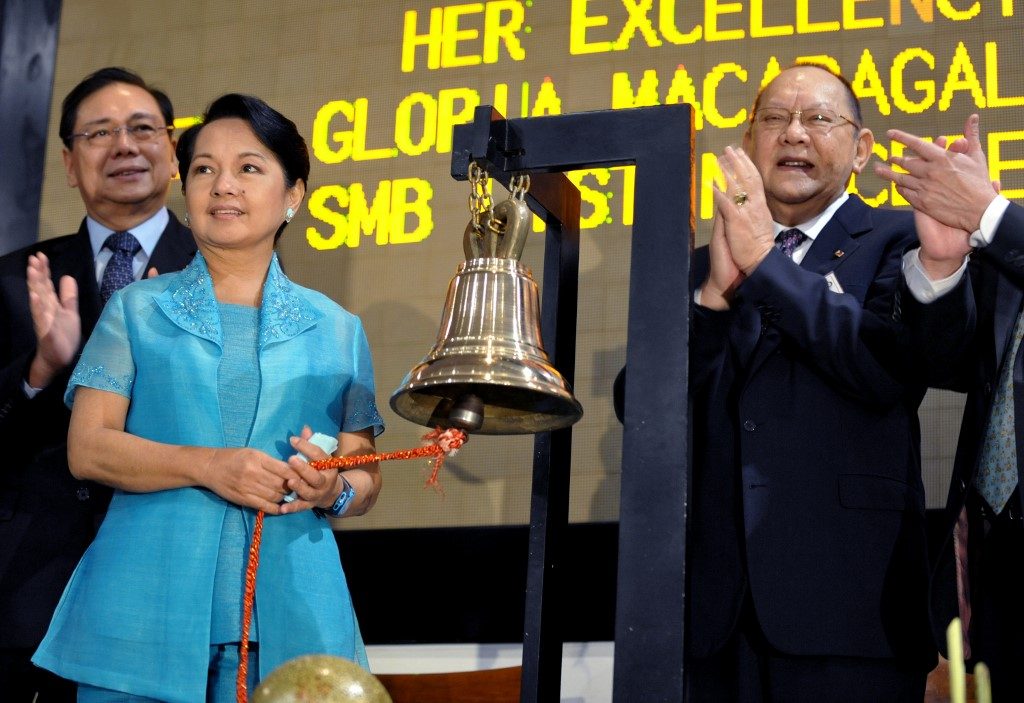
Farmers still waiting
When Arroyo became president, she started off on the right foot on the coco levy issue, as she appointed top-caliber lawyers and public servants to handle the government cases.
On December 14, 2001, the Supreme Court (SC) first declared that the coconut levy funds are public funds.
The decision allowed the PCGG to plan for the turnover of the sequestered companies to the Arroyo administration.
In 2004, after finishing the remainder of Estrada’s term, Arroyo ran for president and led for 6 more years. However, she was very unpopular due to corruption allegations. To counter impending impeachment moves, Arroyo reached out to political parties, including Cojuangco’s NPC.
Arroyo then changed her earlier position that the coco levy funds are public money.
When Cojuangco’s nephew, Benigno Aquino III, became president after Arroyo, Danding got some mixed decisions from the SC.
With a vote of 7-4, the SC ruled that Cojuangco was the legitimate owner of 20% of shares in SMC that were bought using coco levy funds. (READ: The San Miguel-coco levy saga)
The SC ruled it was not proven that Cojuangco was a crony of Marcos. It went on to say there is no existing law defining ill-gotten wealth.
Then-associate justice Conchita Carpio Morales, in her dissent, called it “the biggest joke to hit the century.” Then-chief justice Maria Lourdes Sereno said the decision could be reevaluated at a later time when conditions have changed.
However, in another case, the 11 SC justices voted that the funds are owned by the government and should be used only for the development of farmers and the industry.
In 2012, the SC also declared that the shares in UCPB, including shares held by Cojuangco, are owned by the state because they were bought using coco levy funds.
Pressured by farmers and protests, Aquino issued two executive orders on the use and privatization of the coco levy funds, but the SC temporarily stopped the move.
A law was needed to permanently implement the SC decision.
In 2015, Aquino certified the bill creating a trust fund for farmers as urgent, but still to no avail. It passed in the House of Representatives, but was stalled in the Senate.
“Through the years, the presence and influence of Danding Cojuangco, through his party mates and allies in Congress, have made it difficult for any bill on the coco levy to pass,” Joey Faustino, executive director of the Coconut Industry Reform Movement, told Rappler in 2017.
Danding and Duterte
President Rodrigo Duterte, like most who have sought the nation’s highest position, committed to give farmers what is rightfully theirs. The issue is personal, he said, because his late mother was also a coconut farmer.
However, Cojuangco once again proved that he had the power and the connections to block moves on the coco levy issue.
Duterte had publicly named SMC president and chief operating officer Ramon Ang, Cojuangco’s protégé, as among his campaign donors. (READ: Duterte: San Miguel’s Ramon Ang was campaign donor)
Ang, however, is not listed in the President’s Statement of Contributions and Expenditures submitted to the Commission on Elections. (READ: Who’s who in Duterte’s poll contributors list)
Meanwhile, a Vera Files report in 2016 cited Duterte as among the “most vocal” backers of Cojuangco’s presidential bid in 1992, citing a declassified United States Department of State cable dated May 8, 1992.
In the 1998 elections, Duterte supported Estrada, Cojuangco’s ally. The report added that “the support was mutual,” with Estrada even considering Duterte in his senatorial lineup.
“Bumababa ang kumpiyansa (I’m losing some confidence), in a way. We know how politics goes,” Faustino told Rappler, citing past administrations that promised to return the funds to farmers to no avail.
In 2019, Duterte vetoed the coconut farmers and industry development bill, despite repeatedly claiming that the measure is urgent.
With the kingmaker’s death, what will happen to the decades-old coco levy issue? – Rappler.com
Top photo by Jay Directo/AFP
Add a comment
How does this make you feel?
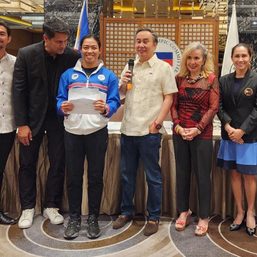
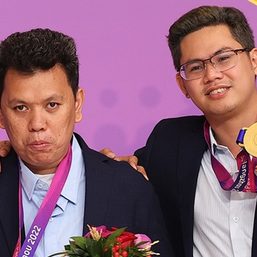
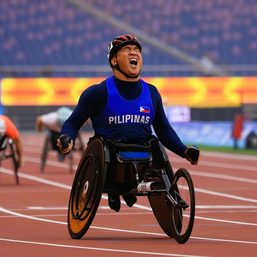
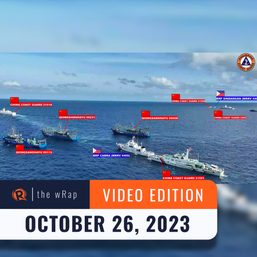
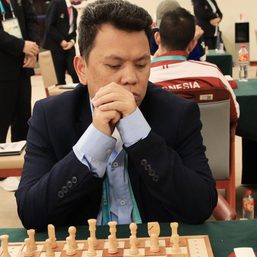





There are no comments yet. Add your comment to start the conversation.